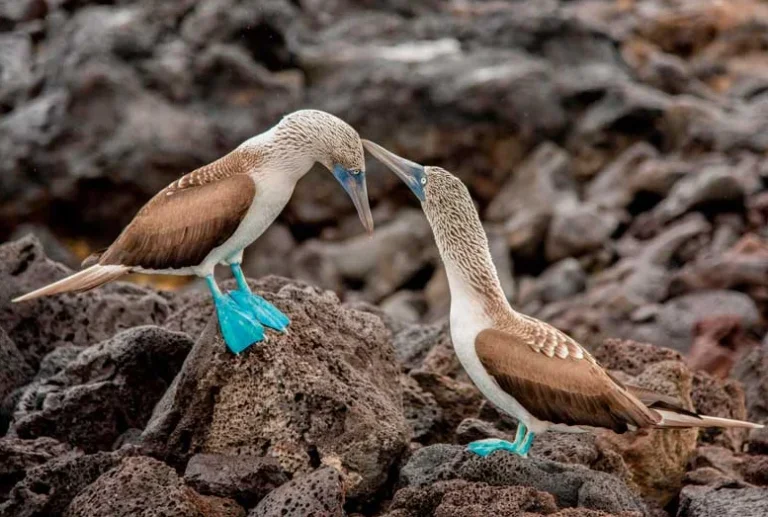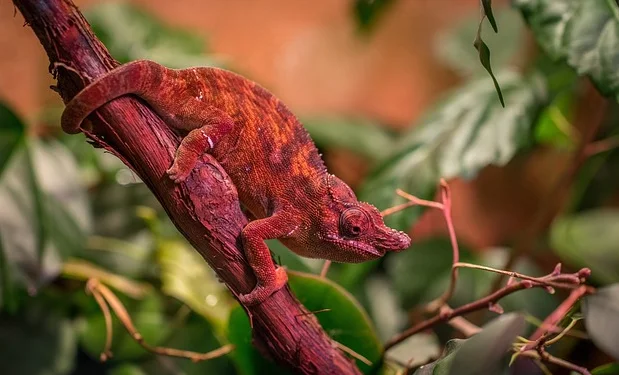Vampire Crab Lifespan: A Fascinating Journey Through Their Enchanting Lives
Vampire crab lifespan little oddball crabs may sound like they would fit in well in a scary film, but they are interesting little animals with an unexpectedly long lifespan. Imagine small crabs, their shell colors blending nicely with the sandy sea floors, scuttling around, their eyes a startling crimson. It resembles a tiny enigma found in nature! So, what is the lifespan of these mysterious crabs? Together, let’s explore the world of vampire crabs and learn the mysteries around their long existence.
Understanding Vampire Crab Lifespan
Named for their striking appearance and nighttime habits, vampire crabs are an intriguing species that fascinates both marine biologists and amateurs. These amazing creatures’ extended lifespans disclose a great deal about their distinct biology and the environmental elements that affect their longevity. Let’s explore the different facets of their lifespan and the factors that influence it.
Natural Lifespan in the Wild
The average lifespan of a vampire crab in its natural habitat is three to five years. Depending on variables like predation pressures and habitat quality, this period of time may change. These crabs deal with a variety of difficulties, including as predators and environmental changes, as they live in tropical woods close to freshwater sources. These natural dangers and their ongoing need to adapt to their environment account for their very short lifespan in the wild.

A person’s longevity is mostly determined by their diet and surroundings. Vampire crabs lifespan can sustain their health and energy levels with a meal high in nutrients and well-balanced. However, changes in the availability of food and the destruction of their environment can have a major effect on how long they live. Despite their extreme adaptability, these crabs are nonetheless susceptible to the changes in their environment.
Lifespan in Captivity
In comparison to their wild counterparts, captive vampire crabs frequently live longer lives. They can survive for five to seven years in well cared-for terrariums or aquariums. They live longer because of the controlled environment of a terrarium, which reduces the chance of predators and inclement weather. They also thrive when they have steady access to food and water.
Creating a habitat in captivity that resembles their natural one, complete with hiding places and the right humidity levels, is another aspect of captive care. Vampire crabs can live longer, healthier lives because of this meticulous management, which also helps to lower stress and improve general health. The key elements that contribute to their longer lifespan in captivity are a healthy food and routine habitat care.
Factors Affecting Lifespan
The Vampire crab lifespan is influenced by a number of variables, such as habitat, food, and heredity. Their flexibility and resilience are influenced by their genetic variety. Robust genetic profiles help crabs survive longer because they are more resilient to illnesses and environmental challenges.

Another important consideration is nutrition, since a balanced diet helps with immune system function and growth. Their life span can be shortened and health problems can arise from inadequate diet. Furthermore, it is vital to meticulously control habitat parameters like temperature and humidity to avert stress and provide the best possible living circumstances for these crabs.
Impact of Environmental Changes
The Vampire Crab lifespan can be significantly impacted by changes in the environment. Their survival rates and general health may be negatively impacted by variables such as pollution, habitat destruction, and climate change. For instance, changes in humidity and temperature can interfere with their physiological processes and normal activities, which may shorten their lives.
The crabs can experience additional stress due to reduced availability of food sources and acceptable dwelling places resulting from pollution and habitat degradation. These environmental issues emphasize how crucial conservation efforts are to preserving these species’ native habitats and guaranteeing their continuing existence.

Comparison with Other Crustaceans
Vampire crabs are relatively short-lived in comparison to other crustaceans. Vampire crabs often live shorter lives than other crustaceans, such as some species of lobsters that can live for several decades. Their smaller size and the unique environmental challenges they encounter account for this divergence.
Ecological niches and reproductive techniques also play a role in vampire crabs’ shortened life spans. In contrast to certain long-lived crustaceans with slower development rates and less danger of predators, vampire crabs confront more direct challenges in their native environments. Comprehending these analogies offers a more comprehensive viewpoint on the vampire crabs lifespan in the crustacean family.






